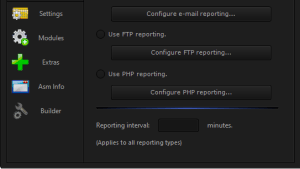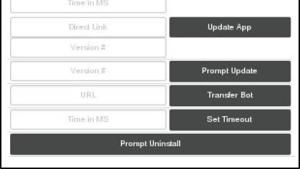Blog
Why Your Users Keep Falling for Phishing Scams
Wed, 09/07/2016
We’ve all been there. That awful moment, when you realize it’s happened again.
“Why do they never learn?” You ask yourself. “It really isn’t that hard!”
Time and time again, your users click on malicious links and attachments in phishing emails, and it seems like no matter what you do to improve their awareness, it never gets any better.
So why do they keep falling for phishing scams? Is it...










